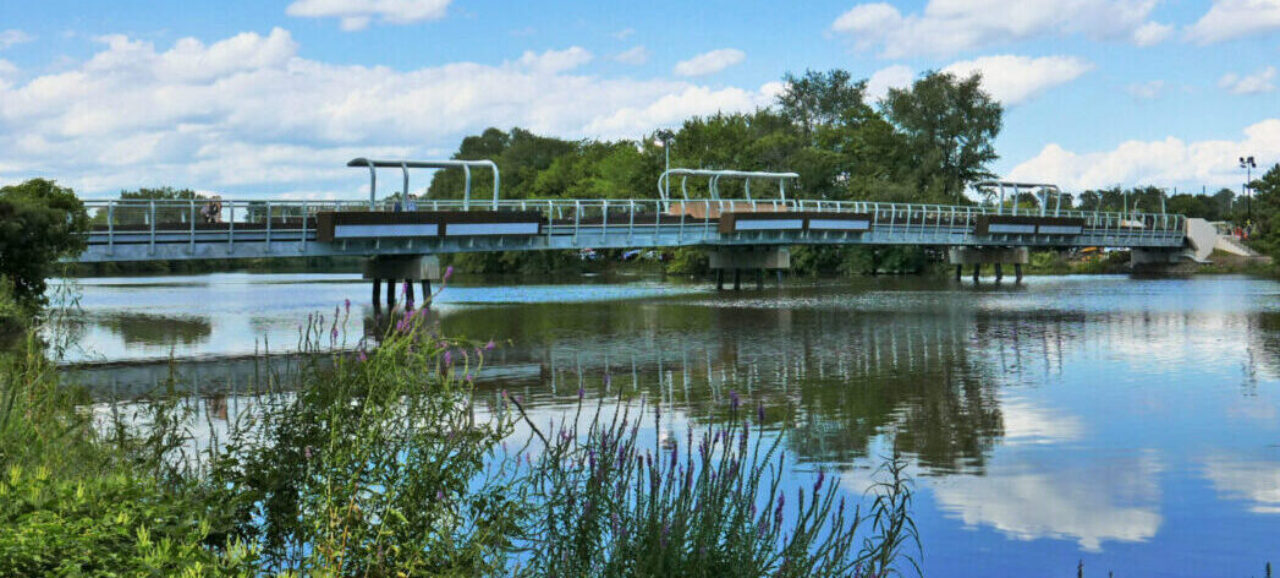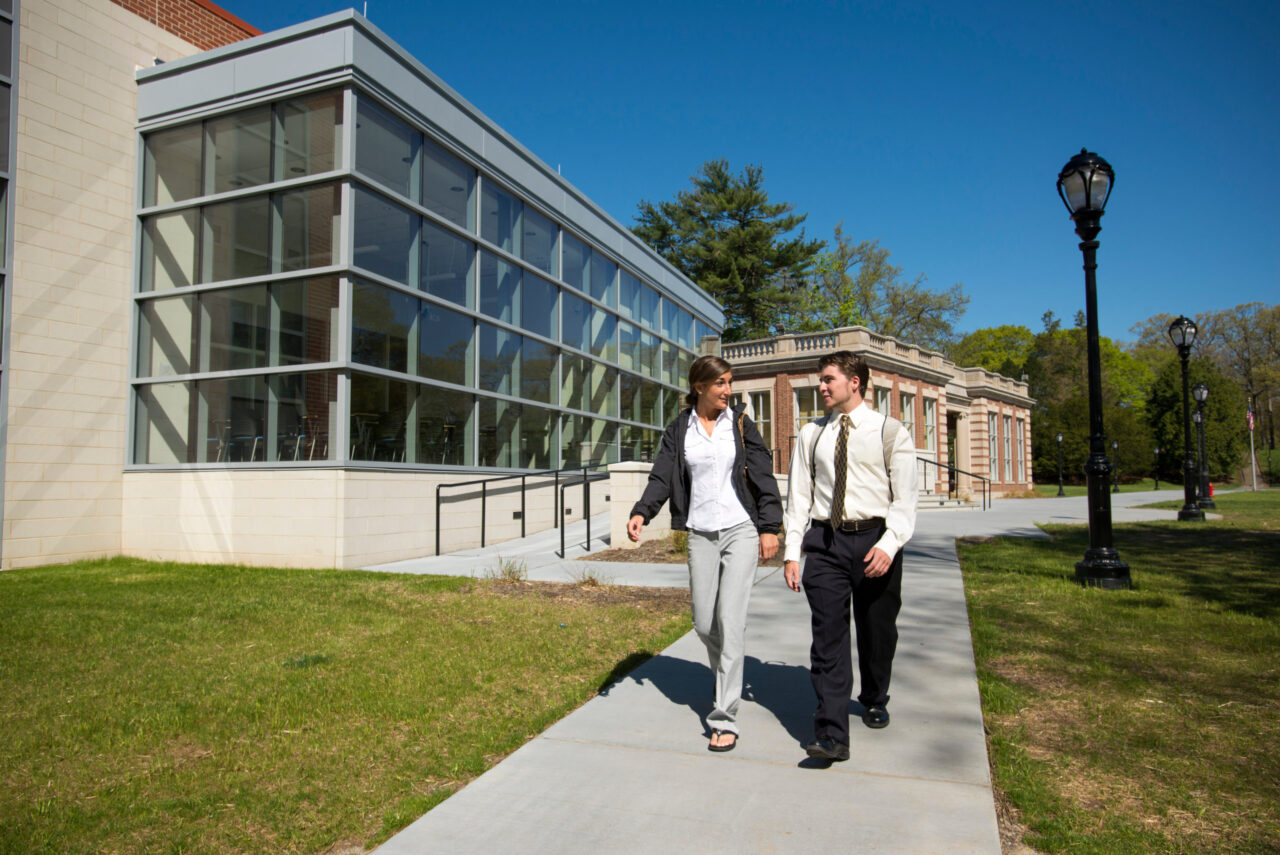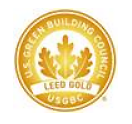Facilities and Operations

The Facilities/Operations subcommittee of Fairleigh Dickinson University’s Sustainability Task Force will follow sustainable operational policies and practices that focus on social, economic and environmental systems that are integrated into the educational and scholarly activities of the university. We will concentrate on determining each of FDU’s individual campus needs concerning sustainable operational policies and practices including
- Energy and emissions;
- Material procurement and Waste;
- Water Conservation;
- Indoor cleaning and maintenance;
- Grounds maintenance and storm water management; and
- Transportation and move toward a more sustainable development plan leading directly to individual and institutional action
Working Group Membership:
Heidi Fichtenbaum, Senior Project Manager Facilities & Auxiliary Services
Julia Wagner, Director of the Metro Writing Studio, Metropolitan Campus
David O’ Reilly, Deputy Campus Executive, Vancouver Campus
Kiron Sharma, Professor of Computer Science, Florham Campus
Vicki Cohen, Director, School of Education, Professor of Education, Metropolitan Campus
FDU Spirit Bridge on Metropolitan campus
As a central piece of the landscape architect’s larger landscape master plan for FDU, the bridge helps restore the historic river landscape, promote public awareness, and raise application and retention rates. It will become increasingly vital–and visible–as FDU grows. The Spirit Bridge doesn’t just connect the campus; it connects FDU’s past, present, and future.
Spanning 200 feet across the Hackensack River, the densely planted garden path replaces a crumbling concrete-and-chain link walkway to connect FDU’s split campuses. Viridian Landscape Studio designed the bridge to reflect and restore the native ecosystem. It affirms the University’s commitment to stewardship of the river and embodies the ongoing transformation of their campus into a sustainable eco-park for increasing landscape resiliency and human wellbeing. With generous shaded seating areas, outlooks for birdwatching or enjoying river views, and lush native plantings, the new bridge is more than a passage; it’s a destination.
The landscape architect led a team of designers and engineers to create the new footbridge, which reuses existing piers to save on cost and resources. To maximize the plantable area within challenging height and width limitations, a lightweight soil matrix and hanging planters for added vegetation outside the railing were used. Materials were chosen for their lightness, durability, and sustainability, including recycled teak decking sourced from an elephant conservation program in Myanmar. Plants were selected for their year-round visual appeal, their suitability to our custom soils and the bridge microclimate, and their ability to restore the ecosystem by attracting native birds, insects, and turtles.
The tiered landscape feels like an extension of the river banks, with creek sedge and other ground covers, colorful bush honeysuckle shrubs, and small trees like Tiger Eyes sumac, whose sculptural branches complement the bridge’s form. By showcasing beautiful native plants, the footbridge is changing perception on campus of what a “sustainable landscape” can be. It’s also changing the campus culture. Historically, The popular bridge quickly became a signature feature of the campus that has increased pedestrian activity and given the school a bold new space that enriches the student experience. It’s inspiring of new sense of place and a new sense of pride.
-
The new bridge embodies and supports FDU’s commitment to stewardship of the Hackensack River and the transformation of their campus into a sustainable eco-park. The 200-foot span, with its 400 linear feet of beds of native plants, is an engine for restoring the native landscape back to a resilient and truly sustainable ecosystem.
The focus on sustainability began from the project’s earliest planning stages, where the team determined to reuse existing bridge piers to reduce embodied carbon. New materials were selected for their sustainable properties and low environmental impact. These include low-carbon fly ash concrete, recycled glass aggregate, durable Corten steel planters and salvaged teak sourced from an elephant conservation program in Myanmar.
Plants were selected for their year-round visual appeal, their suitability to custom soils, and the bridge micro-climate, and most important, their ability to attract native birds, insects, and turtles that will help heal the riverine ecosystem.
Because this project is intended to heal the river ecosystem, every possible care was taken to ensure that no materials fell into the river during the demolition of the previous bridge and installation of our new garden pathway.
-
We designed the Spirit Bridge to reflect and restore the native ecosystem. It strengthens FDU’s identity, unites its campus, and promotes sustainability. The bridge creates a unique sense of place and gives the campus a signature space. In addition to positively changing how people think about the University, it was designed to positively change the way the University community thinks about sustainability. As a keystone in the ongoing plan to make the campus more resilient, the high-profile project is inspiring generosity and excitement alongside healthy new behaviors.
It is a major step in transforming the Metropolitan Campus into a River Eco-Park to improve human and planetary health, deliver resiliency, fuel admissions and retention, and drive learning and research to support FDU’s mission and strategic plan. It is increasing pedestrian activity on this traditionally commuter campus and inspiring outdoor new events. But the impact of the bridge doesn’t stop at the University’s borders. Neighbors and friends from the surrounding community have incorporated it into their daily lives as well. Community health is improving as people bicycle and walk to spend time on the bridge.
-
The Spirit Bridge is the culmination of a three-year planning process. Initially, the project was identified in the University’s master plan as a simple bridge restoration. However, the designers and university facilities department quickly recognized the potential for the bridge to reflect, via a holistic replacement strategy, the University’s commitment to ecological sustainability and social wellness, and an opportunity for stakeholder engagement around not only sustainability, but also placemaking for all.
As the only pedestrian link between two halves of the campus, the functional and symbolic importance of the bridge which accommodates hundreds of people daily, drove the design process and fostered conversations with the entire community – administrators, faculty, staff, students, and area residents. It was clear the site was not living up to its full potential.
The declining physical safety of the previous bridge helped drive the project forward, and motivated the team to ensure the new bridge felt safe in every way. The team led conversations and built consensus among all stakeholders about what makes a space feel safe and inspires confidence among potential users. The team integrated these ideas into the design, ensuring that the bridge welcomes and serves all users. These fundamental features include specific design elements like lush plantings, tactile materials, and comfortable places to sit or stand, as well as equal access, proper lighting, and regular maintenance.


FDU’s Monninger Center on the Florham campus was certified LEED Gold
The Monninger Center represents the commitment of FDU to create an innovative library and learning center that is both a hub of student life and a demonstration of institutional values of sustainability, transparency, reverence for history, and engagement with new technology. The new building integrates existing historic buildings and current library structures through the creation of a circulation concourse that links the east and west sections of the campus. Technology-rich environments ranging from smart classrooms to intimate group learning settings, traditional library stacks to a lecture hall, allow for a variety of teaching and learning experiences. The project gives visibility and transparency, both from within and outside, to this rich offering. This is an educational and social program, and the building has quickly become a much-used center of the campus experience.
FDU saw the Center as a model for a new kind of library, one in which multi-media and learning experiences could be featured and encouraged. Since sustainability and environmental impact are significant in the international University’s mission, the highlighting of sustainable features, including certification at the LEED Gold level, was an important goal. The University’s Environmental Club was a participant in the building design process, allowing for direct student engagement. In addition to interaction with students, the fundraising and community outreach for the project emphasized its environmental agenda and helped generate excitement and commitment to the project.
The overall approach of the building was to preserve and reuse existing building resources, to build an energy-efficient, naturally lit, healthy interior. Both the Town and the University community felt a great connection to the original McKim Mead and White designed buildings and the Olmsted designed estate which forms the nucleus of the campus. Great care and stewardship were exerted with these resources. The South facing orientation and clerestory allow the new structure to take advantage of active and passive solar strategies and controlled daylight. The design incorporates local and recycled materials, stormwater management and conservation features, high-efficiency mechanical and lighting systems, and low-emitting durable interior furnishings and finishes. The project takes advantage of a transit-friendly campus located in the most populous state in the nation.
-
- The extensive use of and high performing glass activates the facade while allowing abundant natural light to penetrate deep into the building.
- Low VOC paints, floor systems, adhesives and an IAQ plan during construction are part of the design to maintain a healthy environment.
-
- FSC wood products are specified for all millwork and flush wood doors.
- Materials specified with recycled content include concrete, steel, metal panels, metal framing, drywall, acoustic panel ceilings, carpet, terrazzo and toilet partitions.
- Regional materials include concrete, masonry, doors and millwork.
- The waste management plan diverted over 75% of construction debris.
-
- A well insulted envelope, low e glass, high efficiency heating and air conditioning equipment, lighting with occupancy sensors and photocell controls yielded a 35.2% energy cost savings.
- Solar panels on the roof produce 5.75% on site renewable energy.
-
- Low flow toilets, half pint urinals, sensor faucets and low flow shower heads yield a 20% water savings reducing the burden on the municipal water supply and wastewater treatment.